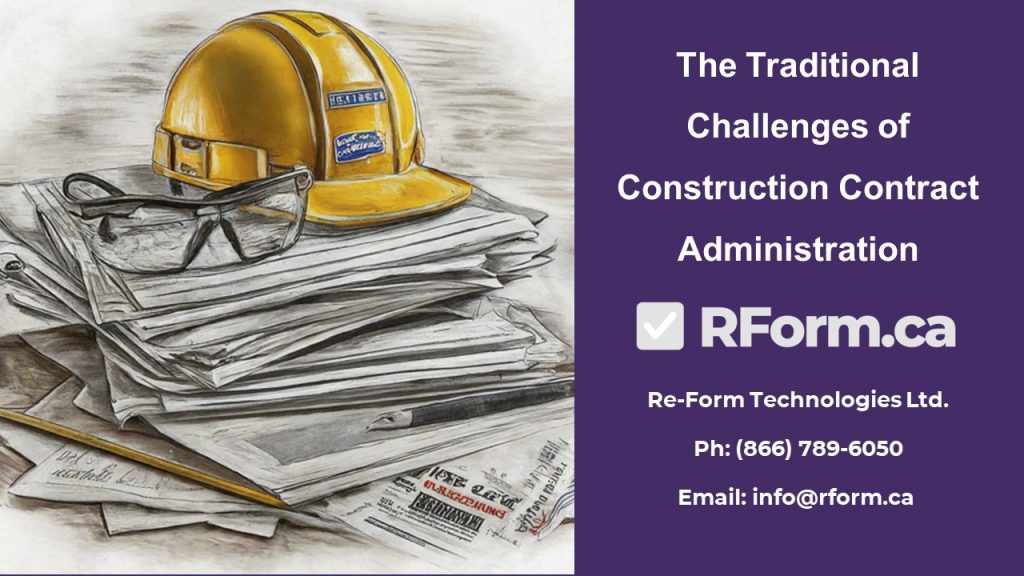
The sheer volume of contracts can overwhelm even the most organized of desks, leading to a domino effect of processing delays and missed deadlines. It’s not just about keeping your head above water; these delays often bring substantial financial and legal risks. Centralizing and organizing contracts can drastically reduce the clutter and complexity. A centralized system isn’t just a digital filing cabinet; it’s an intelligent hub offering automated reminders, notifications, and tracking features. These features ensure that deadlines do not fall through the cracks and that every contract receives the attention it deserves, promoting efficient contract execution and compliance.
- Automated reminders keep teams alert to upcoming obligations and expirations.
- Notifications ensure all stakeholders are promptly informed of changes or actions required.
- Tracking offers real-time overviews of contract statuses, fostering transparency and accountability.
Effective communication cannot be overstated in the intricacies of contract administration within the construction sphere. The absence of clear communication channels is akin to an untuned instrument in an orchestra, leading to a cacophony that can sabotage contract execution and compliance.
- Ensuring every participant is in harmony, from the owner to the architect to the consultant to the project managers to the subcontractors echoing the same tune, is paramount.
- Miscommunication can cause costly delays and legal snafus. Thus, regular updates and prompt responses to concerns are the sheet music guiding this symphony to a flawless performance.
Adopting strategies such as centralized information hubs or digital platforms where updates are disseminated ensures that the overture of contract administration is performed without missing a beat. Effective communication in the construction contract administration is the cornerstone of a project that stays on key and tempo.
One of the cornerstones of efficient contract administration is the standardization of contract procedures. By chiselling out a set of uniform practices, businesses can streamline the contract creation process, paving the way for seamless operations. The benefits of such standardization are twofold: on one side of the coin, you have significant time and effort savings, and on the flip side, you maintain consistency across all contractual documents. This uniformity is not just about keeping things orderly; it’s about building a framework that can withstand the tremors of human error and the shifts in compliance requirements.
- A standard contract format ensures that each document reflects the company’s legal and operational standards.
- Utilizing templates for commonly used agreements slashes the time spent drafting from scratch and fosters familiarity within and outside the organization.
- Reducing errors and enhancing compliance becomes a natural outcome of this disciplined approach to contract management.
Keeping contracts in line with the ever-changing regulations and legal frameworks is akin to navigating a river constantly reshaping its course. In the dynamic terrain of contract administration, it’s crucial to conduct regular reviews of contracts to ensure ongoing compliance. This helps identify areas that may require updates due to regulatory changes and serves as a preventative measure against the potential risks associated with non-compliance.
- Regular Reviews: Establish a periodic review process to keep contracts up-to-date with the latest laws and standards.
- Risk Mitigation: Proactively monitor contracts to identify and address compliance risks before they escalate.
- Audits: Implement auditing protocols to scrutinize contracts thoroughly for discrepancies or non-conformities.
By diligently maintaining a pulse on the legalities through monitoring and auditing, businesses can safeguard themselves from legal pitfalls and cement a foundation of compliance that supports healthy business operations.
As we’ve traversed the complex landscape of contract administration in construction, efficiency and compliance are the guiding stars. The journey from the mountain of paperwork to the streamlined valleys of contract management technology has revealed that adopting tools like RForm is not just a luxury—it’s a necessity to mitigate financial and legal perils. Our expedition has underscored the power of automated reminders, notifications, and tracking to keep contracts on a steady path of timely execution.
Moreover, we’ve illuminated effective communication as the key component in preventing miscommunication that can disrupt the contract process. We’ve shown the path to consistency and risk minimization by championing standardization with templates and procedures. The vigilant eye on compliance through regular reviews and audits remains our watchtower against the turbulent seas of ever-shifting regulations. The confluence of technology, communication clarity, and procedural prudence is the cornerstone for a fortified contract administration strategy—heralding an era of improved organizational performance, high cost and time efficiencies, and steadfast legal compliance.

